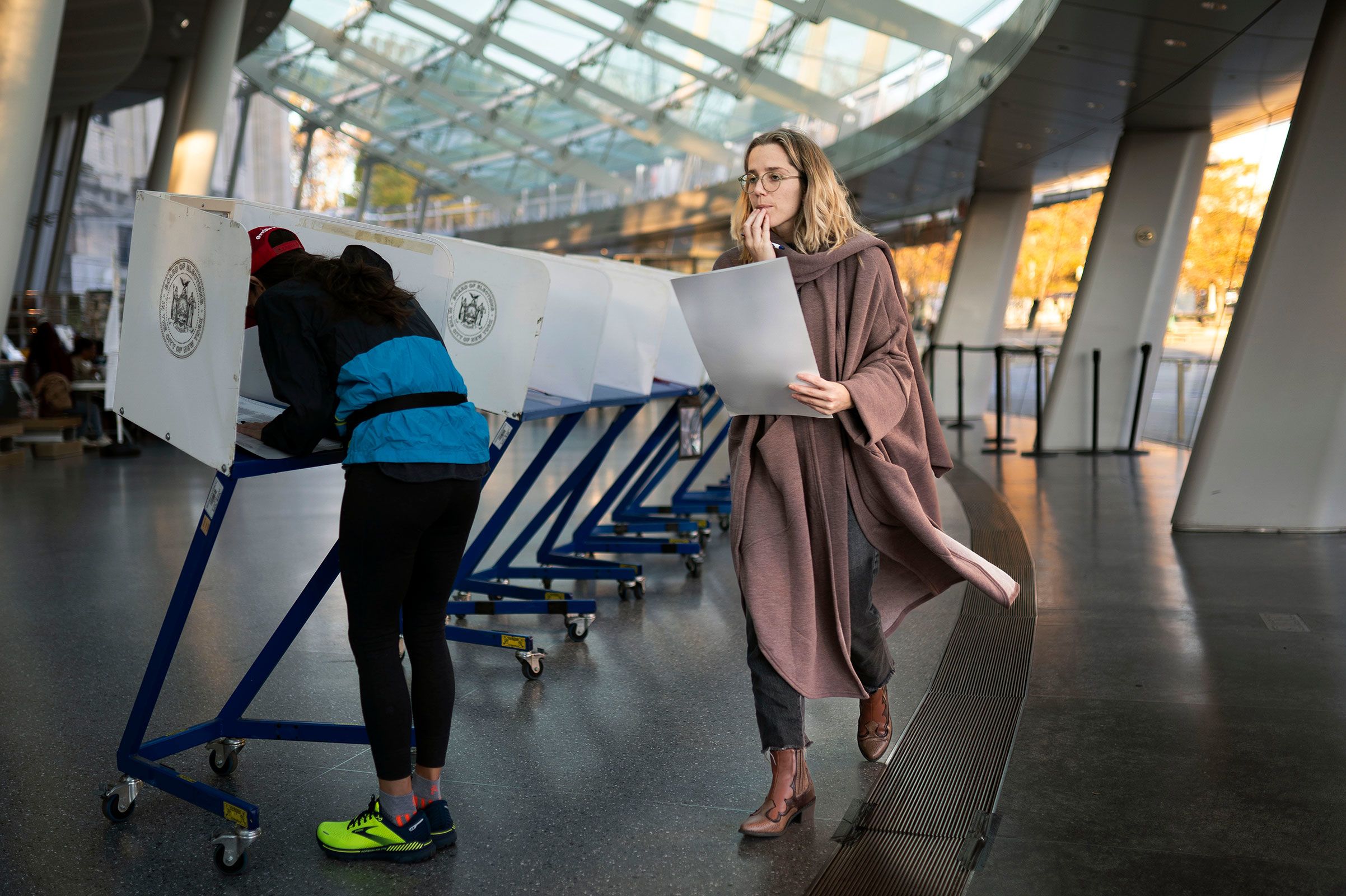The bipartisan New York State Independent Redistricting Commission has given the green light to a new congressional map that could potentially bolster the Democratic Party’s prospects in the upcoming US House elections. However, the map falls short of delivering a decisive advantage to the Democrats.
As the political landscape heats up ahead of the fall elections, New York is anticipated to be a key battleground. The Republicans, who currently hold a slim majority, managed to flip four seats in the state during the 2022 midterms, a move that helped them secure control of the chamber.
The newly approved map, which received a 9-1 vote in favor, now awaits final approval from the Democratic-controlled state legislature. However, its fate remains uncertain as several Democrats are still scrutinizing the commission’s proposal.
Andrea Stewart-Cousins, the leading Democrat in the state Senate, stated, “The Senate Majority is eager to review the proposed map. We plan to discuss and decide our subsequent actions soon.”
The most significant change under the new map would be experienced by freshman Republican Brandon Williams, who represents parts of central New York. His district would expand to include more Democrat-leaning territory, potentially leading to a Democratic pickup.
However, the commission’s compromise has also ensured that two Hudson Valley seats, currently held by Republican Marc Molinaro and Democrat Pat Ryan, appear to be safer for the incumbents. Notably, the map leaves other potential battleground House districts in the New York City suburbs largely untouched.
Ken Jenkins, the commission’s chairman and a Democrat, hailed Thursday’s vote as “ultimately a victory for the commission process and for small-d democratic participation in the state of New York.”
The redistricting disputes in New York have been closely watched in Washington, as the outcomes could significantly influence which party controls the House after the November elections. The GOP’s majority in the chamber was further reduced this week when Democrat Tom Suozzi won a special election in New York’s 3rd Congressional District on Long Island.
If approved by the legislature, the New York map would represent a far more modest outcome than what occurred last fall in North Carolina, where a heavily gerrymandered map passed by the GOP-controlled legislature is set to ensure Republican dominance in the state’s 14-member congressional delegation.
The commission’s action on Thursday came after the state’s highest court tasked the panel with drawing a new map, following a protracted legal battle. A state court judge had overseen the process of drawing the map used in the 2022 elections after the redistricting commission had failed to agree on new lines after the 2020 census.
Democrats in the state legislature have the final say over the map, holding the power to reject the commission’s plan and take over the line-drawing themselves. However, this could potentially trigger another round of legal disputes, with Republicans likely to challenge any map they perceive as an overly aggressive gerrymander.
Adam Kincaid, the president and executive director of the National Republican Redistricting Trust, criticized the commission’s redistricting process, stating it “should have never been reopened” and called the panel’s map “a step back.”
As part of the compromise approved Thursday, the 16th Congressional District, which includes a slice of New York City and parts of Westchester County, remained virtually unchanged. Two-term Democratic Rep. Jamaal Bowman is facing a primary challenge from George Latimer, the Westchester County executive who previously served in the New York State Assembly. Latimer said Thursday he was moving forward with his bid and is confident that the state legislature would complete the process of approving the map.
New York faces a court-ordered deadline of February 28 to complete its redistricting process, but it was unclear Thursday when the state legislature would next meet to consider the map. Time is running short. State lawmakers in New York are scheduled to be on recess next week, and House candidates are slated to begin collecting signatures for petitions to run for office on February 27. That leaves little time for lawmakers to approve – and for Democratic Gov. Kathy Hochul to sign into law – new district lines.
Jeffrey Wice, an expert on redistricting and an adjunct professor at New York Law School, noted that approving the map would require the support of a two-thirds majority in each chamber. He added that some legislators “don’t know what to make” of the map at the moment. “It’s still not over yet,” Wice said.
This story has been updated with additional information.

